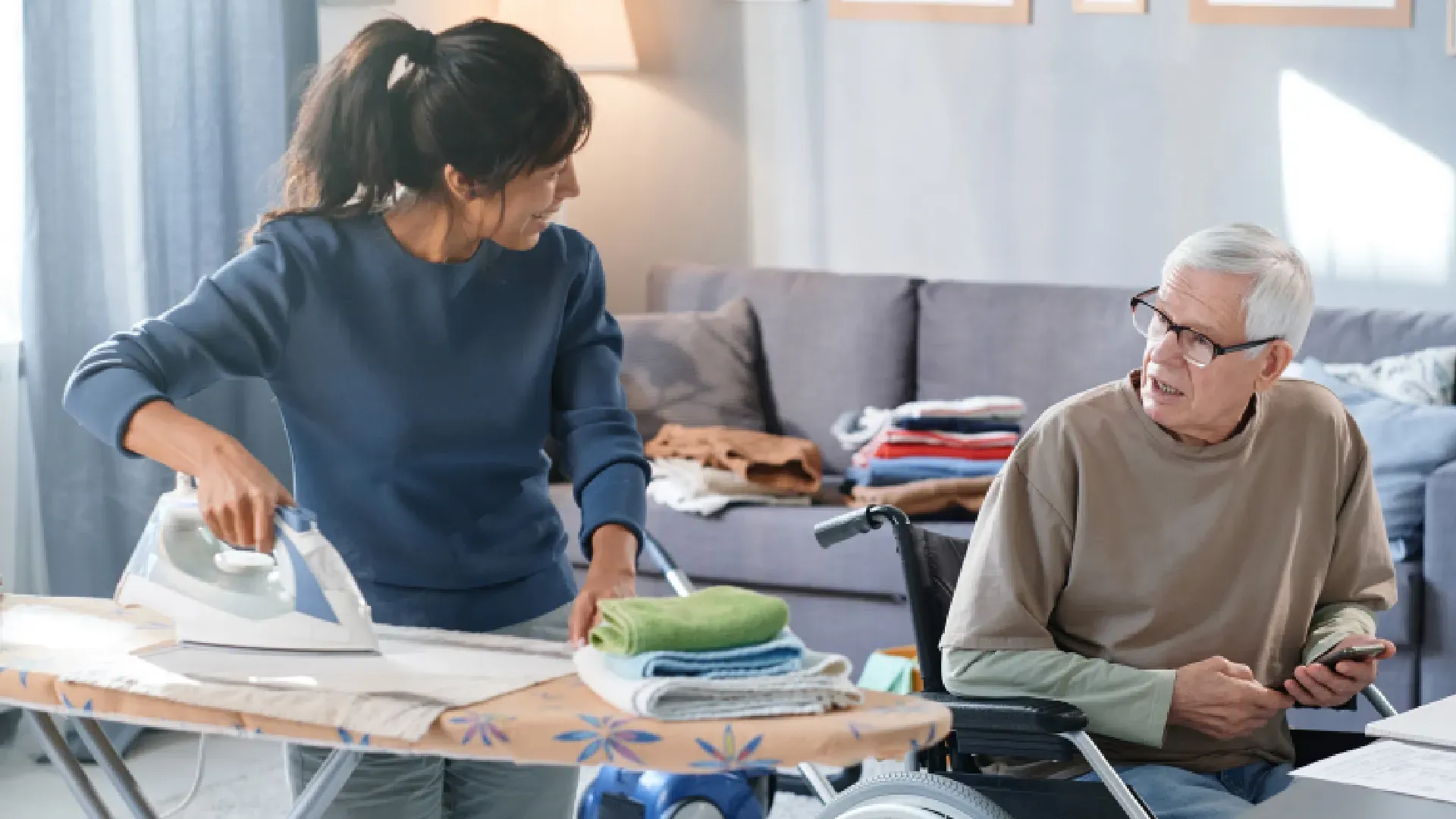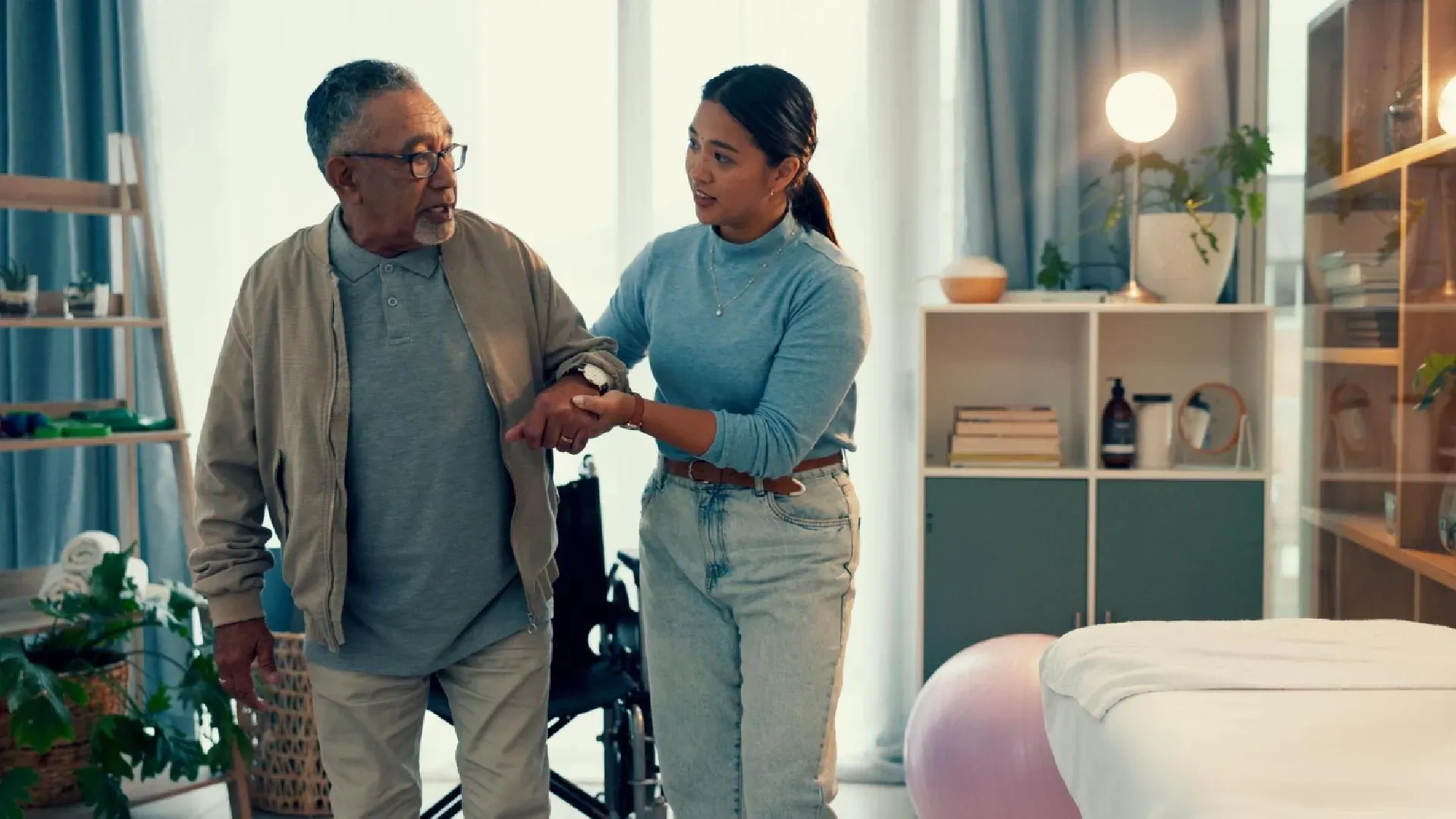How AIM Care Utilises Technology to Improve Aged Care Service Delivery
As the aged care sector evolves, the integration of technology is becoming an essential part of enhancing the quality of care provided to elderly residents. At AIM Care, we recognise that technology can significantly improve care outcomes, boost operational efficiency, and increase resident satisfaction. By leveraging cutting-edge tools and innovations, AIM Care is driving a transformation in how aged care services are delivered, ensuring better outcomes for both residents and staff.
Streamlining Care Delivery with Electronic Health Records (EHR)
One of the key ways AIM Care enhances its services is through the use of Electronic Health Records (EHR). These digital systems allow for the seamless management and sharing of resident health information across the care team. EHRs replace traditional paper-based systems, making it easier for nurses, doctors, and other healthcare professionals to access up-to-date patient data at any time. This ensures that everyone involved in the care of a resident is on the same page, leading to more informed decision-making.
By implementing EHR, AIM Care has not only improved the accuracy and efficiency of healthcare delivery but has also reduced the likelihood of errors. With real-time access to medical histories, medication lists, allergies, and previous diagnoses, care providers can quickly tailor treatments and interventions to meet each resident’s needs. This enhances both the quality of care and patient safety.
Remote Monitoring for Proactive Care
In aged care, timely interventions can make a significant difference in a resident’s health outcomes. AIM Care has embraced remote monitoring technology to help provide proactive care. By using wearable devices and sensors, AIM Care can track vital signs, activity levels, and other health indicators in real-time. These devices can alert healthcare professionals to any concerning changes, allowing for early intervention before a health issue escalates.
For example, wearable devices can monitor a resident’s heart rate, blood pressure, and even fall detection. If any of these readings deviate from normal, the system sends immediate alerts to the care team. This technology helps prevent serious health issues, such as heart attacks or falls, and allows for more personalised care tailored to the individual’s specific needs.
Furthermore, remote monitoring ensures that even residents who may be in their rooms or less mobile can still be closely monitored, enhancing overall resident satisfaction. It also enables families to feel more secure, knowing that their loved ones are being continuously observed and cared for, even from a distance.
Improving Communication with Care Teams
Effective communication among the care team is essential in delivering high-quality care. At AIM Care, we utilise communication platforms that enable staff to collaborate more efficiently. These platforms allow team members to share information about a resident’s condition, treatment plans, and any changes in real-time. This means that everyone involved in a resident’s care—whether nurses, physicians, or support staff—can be instantly updated and aligned on the necessary actions to take.
These communication tools not only help streamline workflows but also reduce the risk of misunderstandings or missed information. For example, if a nurse notices a change in a resident’s behaviour or condition, they can immediately report it through the system, ensuring that the relevant personnel are aware and able to respond quickly.
Additionally, telemedicine capabilities have been integrated into the system, allowing healthcare professionals to conduct consultations with specialists remotely. This reduces the need for residents to travel to external healthcare facilities, making the process more convenient and comfortable for them.
Enhancing Resident Engagement and Satisfaction through Technology
A key factor in resident satisfaction is their level of engagement with the care environment. AIM Care is committed to using technology to improve the overall experience of its residents. One such innovation is the introduction of interactive tablets and entertainment platforms that allow residents to engage in various activities, from watching videos to playing games or participating in virtual events.
These digital tools help residents stay connected to their families and the outside world. Video calling features, for example, make it easier for families to stay in touch with loved ones, reducing feelings of isolation, especially for those in remote locations. This level of connection contributes to improved emotional well-being and ensures residents feel valued and included in their care journey.
In addition, AIM Care provides residents with access to educational and wellness resources via the digital platforms. They can receive information on managing chronic conditions, access fitness programs designed for elderly individuals, and even engage in cognitive exercises. These tools promote independence and help residents take an active role in their health and well-being.
Staff Training and Development through E-Learning
AIM Care is committed to ensuring that all staff are well-equipped with the knowledge and skills they need to provide the highest standard of care. To support this, we have implemented an e-learning platform for staff training and development. This technology enables staff to access training materials and courses at their convenience, ensuring that they can stay up to date with the latest practices, regulations, and technological advancements in the aged care sector.
The e-learning platform also allows for continuous professional development, offering staff the opportunity to enhance their skills in areas such as dementia care, palliative care, and clinical techniques. By using technology to streamline training, AIM Care ensures that all staff members are well-prepared to deliver excellent care, which in turn improves the overall quality of services provided.
Conclusion
Technology is a powerful tool in transforming aged care, and AIM Care is leading the way by integrating it into its services to improve outcomes for residents, enhance operational efficiency, and ensure higher levels of satisfaction. Through the use of electronic health records, remote monitoring, communication platforms, interactive engagement tools, and staff training systems, AIM Care is revolutionising the way care is delivered to elderly Australians.
By continuing to embrace and invest in technology, AIM Care is not only addressing the challenges faced by the aged care sector but is also ensuring that residents receive the personalised, high-quality care they deserve. As the sector continues to evolve, AIM Care will remain at the forefront of innovation, improving both the lives of residents and the working environment for aged care professionals.











